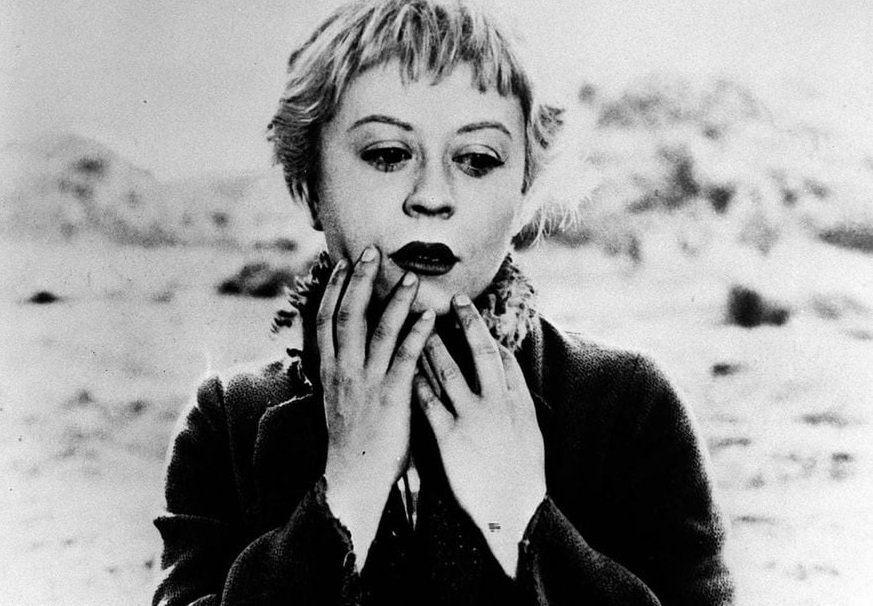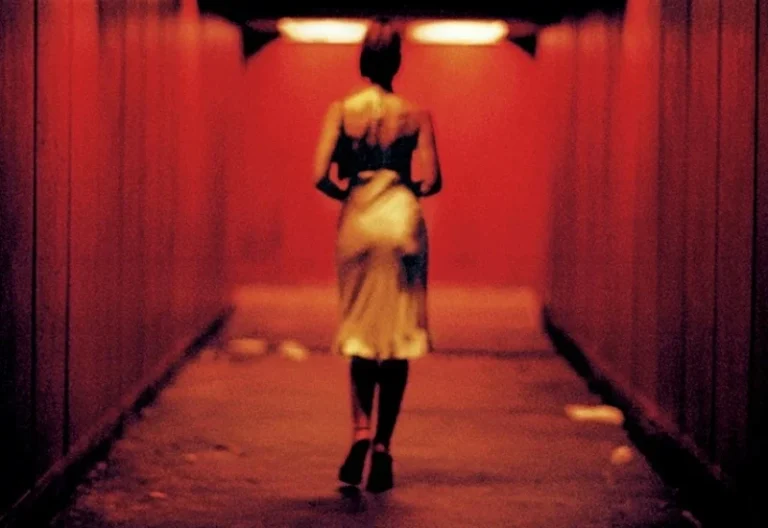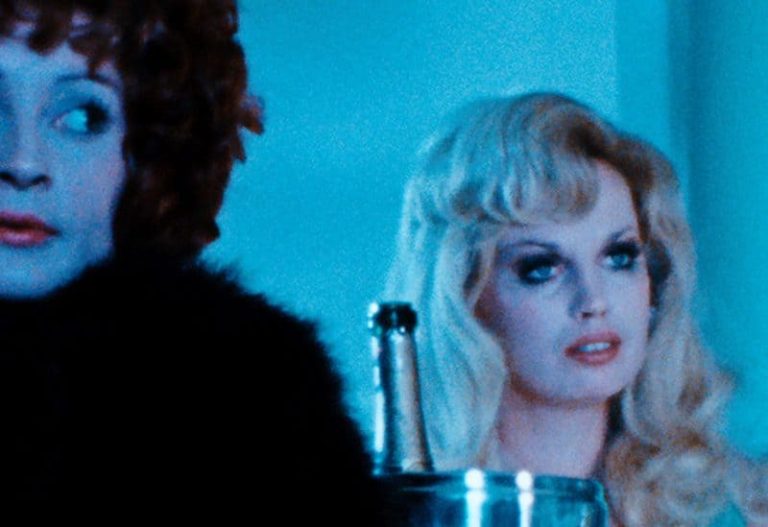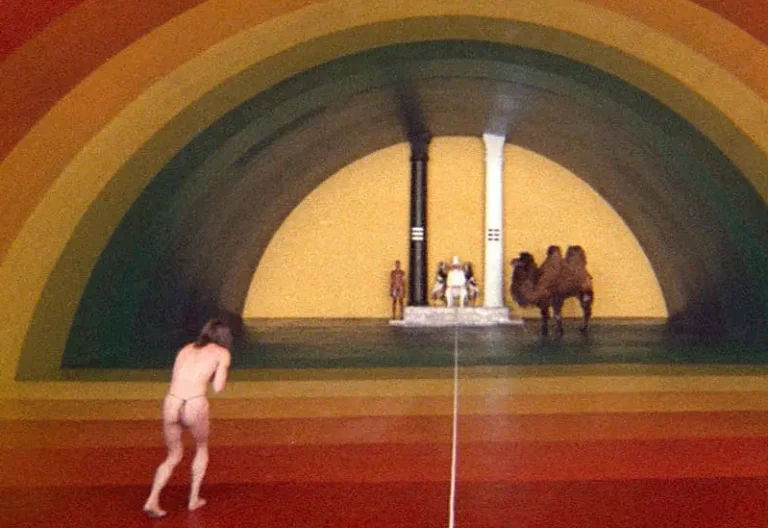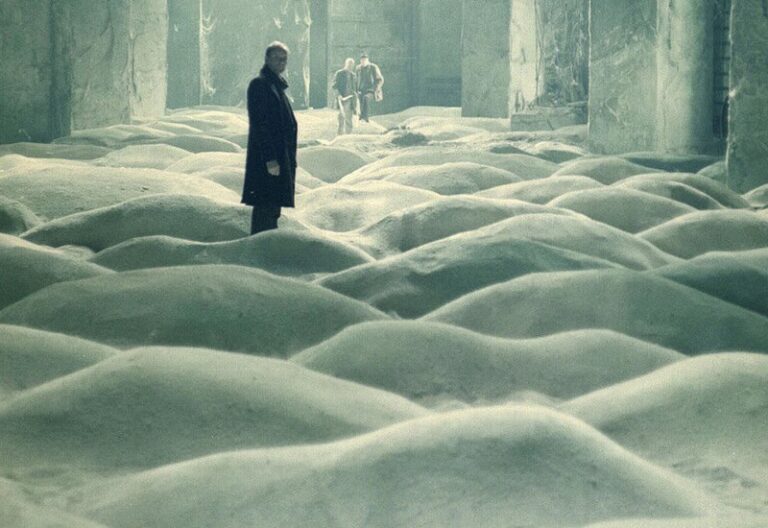cinemawaves
explore film movements and history of art cinema
Over the course of film history, we can analyze the timeline of cinema, spanning from its inception as means of trilling the audience, to silent and European art films, eventually to blockbusters of Hollywood, and divide them into more then forty essential film movements, each waiting to be discovered.
dive into film reviews and recommendations
Explore a range of experiences, from Hollywood blockbusters to art and indie films. We offer thoughtful insights, in-depth analysis, and suggestions to help you discover both new favorites and timeless classics.
destination for educational insights on filmmaking
Our blog explores the art and science behind movies, offering extensive analysis and perspectives. From the nuances of auteur theory to the intricacies of aspect ratios, discover the magic of cinema and expand your understanding of film.
discover the pages that resonate the most
Discover the pages that resonate most with our readers. From thoughtful analyses of cinematic trends to reflections on hidden gems, these selections offer a glimpse into the content that draws attention.

